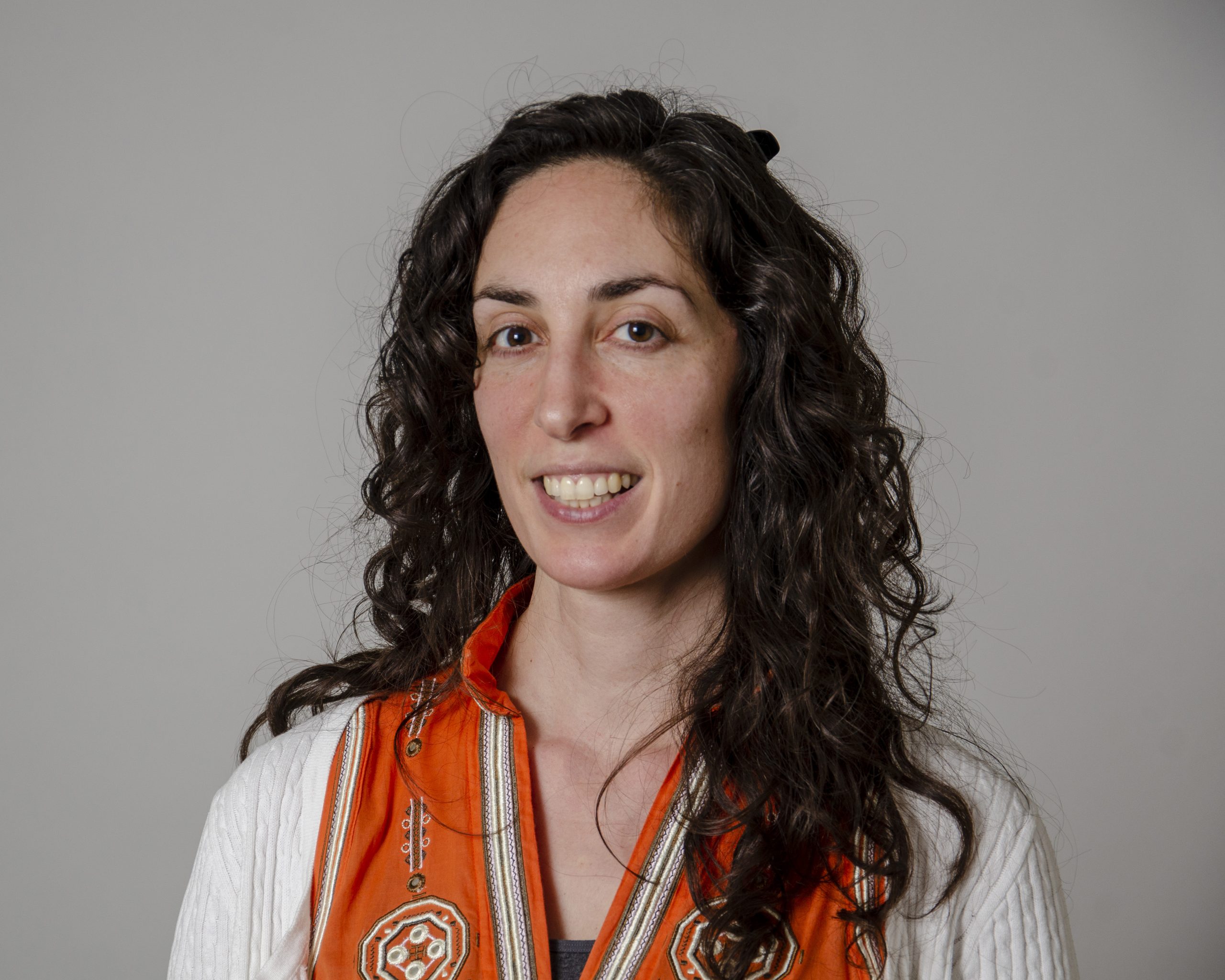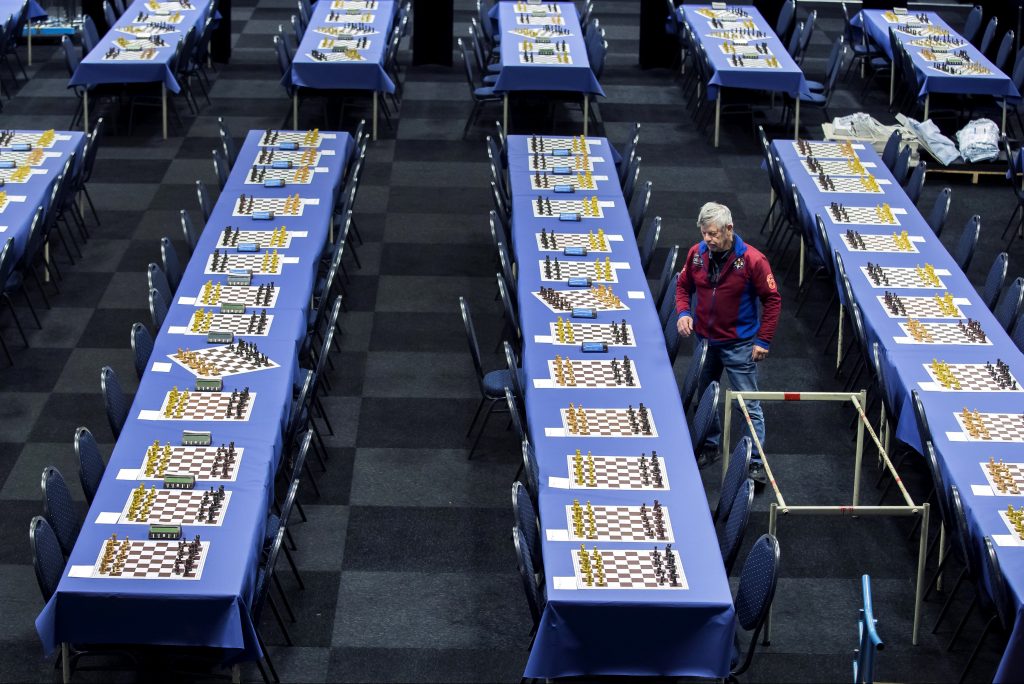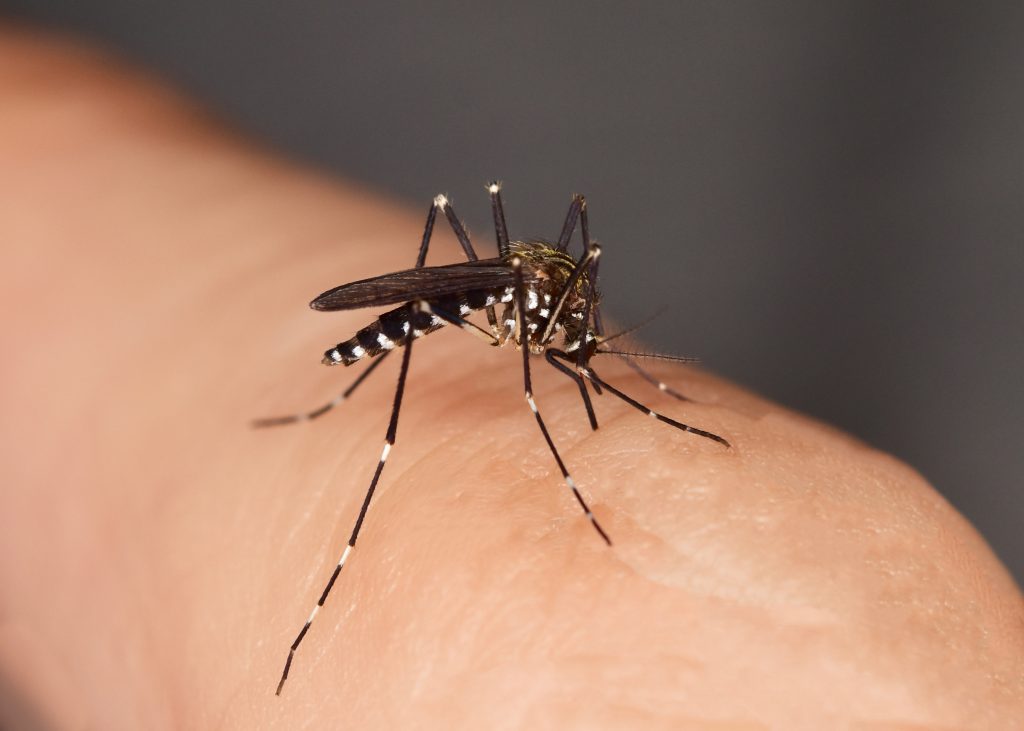
Writer
Kim Krieger
Kim Krieger has covered politics from Capitol Hill and energy commodities from the floor of the New York Mercantile Exchange. Her stories have exposed fraud in the California power markets and mathematical malfeasance in physics. And she knows what really goes on in the National Radio Quiet Zone. These days, Kim tells clear, compelling stories of the research at UConn. Her work connects Connecticut citizens and the press with the vast resources of their flagship public university. When not at UConn, she can be found kayaking among the beautiful Norwalk islands, digging in her garden, or occasionally enjoying the silence in the National Radio Quiet Zone.
Author Archive
In Connecticut, Drug Overdoses Doubled in Six Years
Cocaine, alcohol, heroin, methamphetamine, MDMA and other drugs are appearing on the toxicology reports of drug overdose victims, and often in combination, says UConn study.
October 29, 2019 | Kim Krieger
At UConn Health, the Breast Cancer Journey is Handled with Care
The breast team at UConn Health strives to guide each patient through every step of their individual path with an unmatched level of attention and comfort.
October 16, 2019 | Kim Krieger
App Endgame: Detect Dyslexia Earlier
The current so-called 'wait to fail' model in the U.S., causes many children to lose a significant amount of educational time. The new app may enable teachers to test children earlier.
October 7, 2019 | Kim Krieger
How Our Brains Cope with the Constancy of Change
Objects and people change around us constantly, and yet we can still identify them. How our brain keeps track of that is a mystery for which a UConn scientist and his students proposed a novel solution.
September 25, 2019 | Kim Krieger
Solving Industry Challenges By Teaching Microscopes to Talk To Each Other
By learning how to make different types of microscopes communicate with each other, UConn researchers helped solve a tricky industry problem.
September 17, 2019 | Kim Krieger
Anemia May Contribute to the Spread of Dengue Fever
Understanding how dengue is transmitted will help scientists develop new ways to control the disease, and possibly control similar viruses such as Zika and West Nile virus, says Penghua Wang of UConn Health.
September 16, 2019 | Kim Krieger
Breaking Up is Hard to Do (for Electrons in High Temperature Superconductors)
A UConn physicist's findings about how electrons behave in copper oxide superconductors may help synthesize a better, high temperature superconductor. Potential applications include transmission lines and magnetic trains.
August 21, 2019 | Kim Krieger
Common Steroid Could Soften Up Tumors for Chemo
A drug used to alleviate side effects of cancer treatment may also make the treatment more successful if given beforehand, researchers say.
July 16, 2019 | Kim Krieger
Horseshoe Crabs – The Fortunate Ones?
The horseshoe crab has persisted, unchanged, for hundreds of millions of years. But now, its survival is threatened by the harvesting of its prized baby-blue blood. A team at UConn seeks to map its DNA and save it from extinction.
July 15, 2019 | Kim Krieger
Study: More Pharma Money, More Gabapentin
Gabapentin manufacturers paid physicians – mostly pain doctors and general practitioners – $11.5 million between 2014 and 2016, according to UConn research.
July 8, 2019 | Kim Krieger









